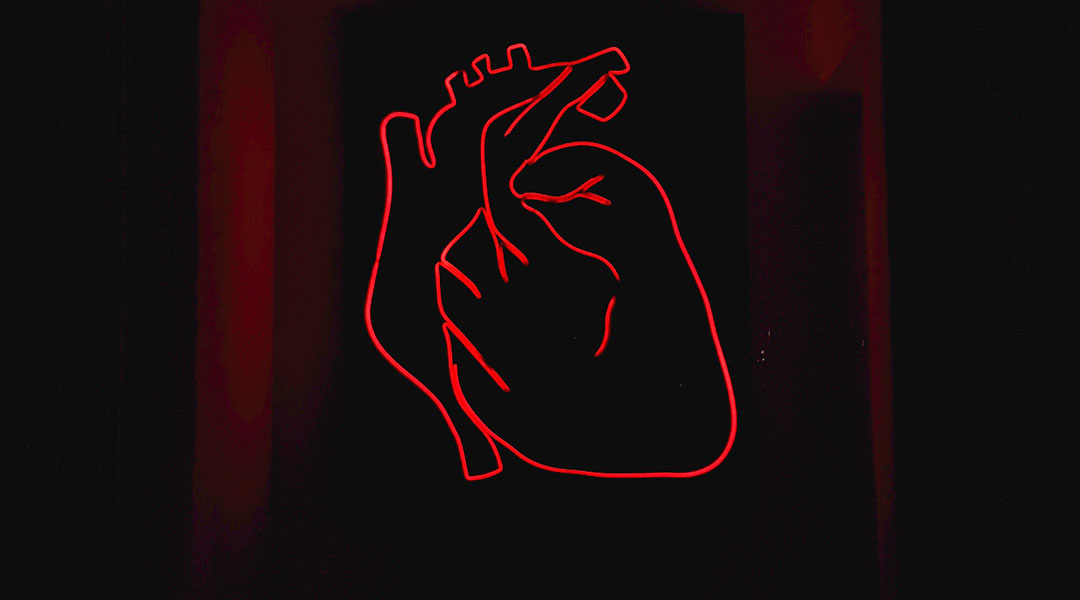The heart is a complex, multi-layered organ whose rhythmic contractions are induced through precise coordination across multiple spatial and temporal scales. While a normal, healthy heart appears to be organized in a mechanically optimal way, imperfections at any level of its structure can have dramatic effects on it’s form and function. Since heart failure is a leading cause of death worldwide, many researchers are interested in how cardiac structure can be altered through targeted manipulation of specific biochemical and mechanical processes.
One technique being used to study these relationships is computational modeling, which has gained traction in recent decades because it allows for a methodical analysis of complex interactions—and suggests new avenues of exploration—that may be difficult to study through experimentation alone. By incorporating theoretical techniques, labs have been able to target their research efforts including developing efficient engineered tissue that may one day be used by clinicians.
Researchers are increasingly interested in how a systems biology approach may be used to tackle multi-scale heart problems. This multi-pronged technique integrates principles from different scientific fields, including biology, engineering, and computer science.
In applications, theoretical models have shown that it may be possible to coordinate cell-beating rates at the tissue level through a community effect, and that topographical cues such as substrate stiffness can be exploited to guide self-organization at the cellular and sub-cellular levels. These advancements have proven indispensable towards furthering researcher’s understanding of how diseases may impact cardiac tissue.
Models are being used to gain insights at all spatial scales, starting at the organ scale (centimeters to millimeters) and decreasing to the sub-cellular scale (nanometers). At each level, relevant physiology can be used to create theoretical models capable of making testable predictions and generating new hypotheses for future studies. These are two critical aspects of the systems biology methodology and should be considered by any researcher interested in integrating computational techniques into experimental studies.
There are several exciting advancements that are currently underway, including bridging models from several spatial scales into a singular multi-scale model. These are already being tested and refined using patient-specific information so they can be used in a clinical setting.
These models will be indispensable tools in the coming years as they continue to find application in areas ranging from drug therapy development to the extension of innovative experimental technologies such as the heart-on-a-chip platform. By identifying areas of cardiac research that have benefited from theoretical modeling, researchers are encouraged to expand on the current models to address the numerous questions that are still unresolved.
Kindly contributed by the authors.

















